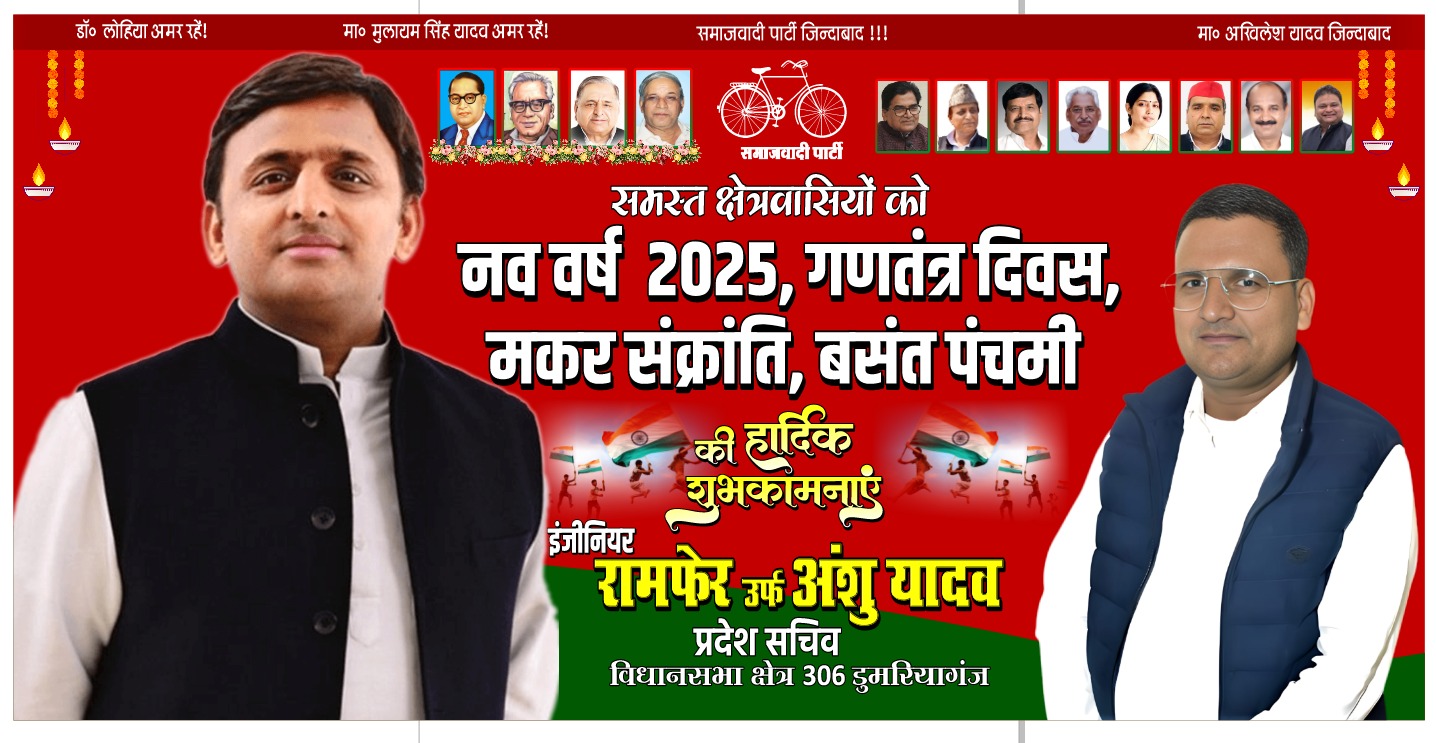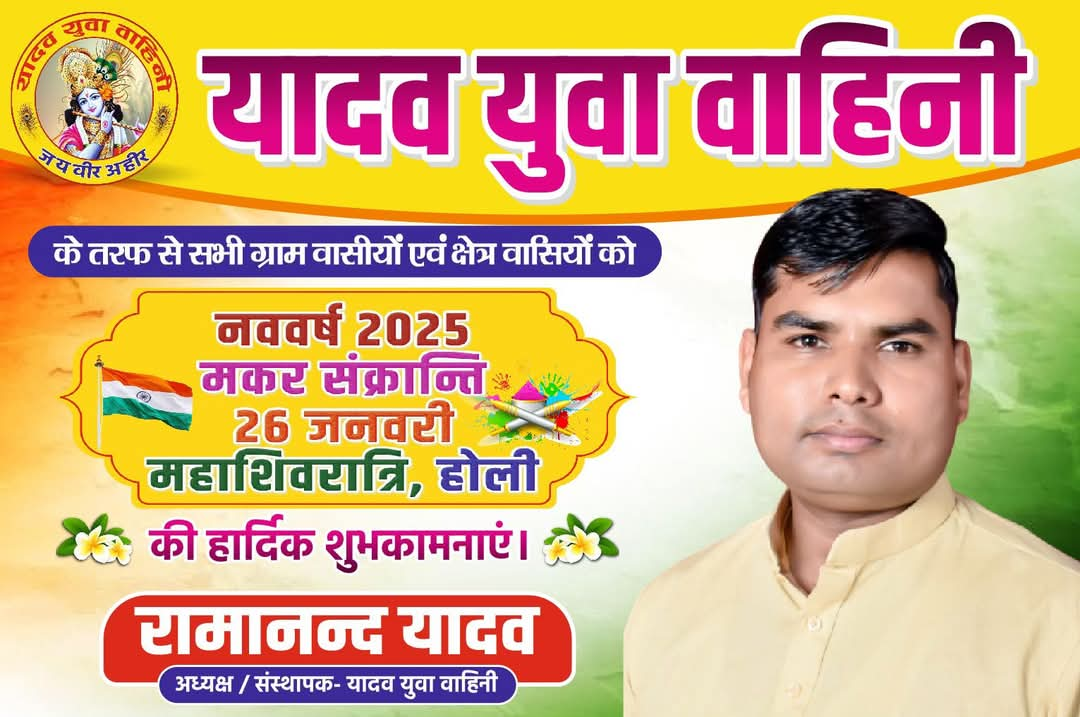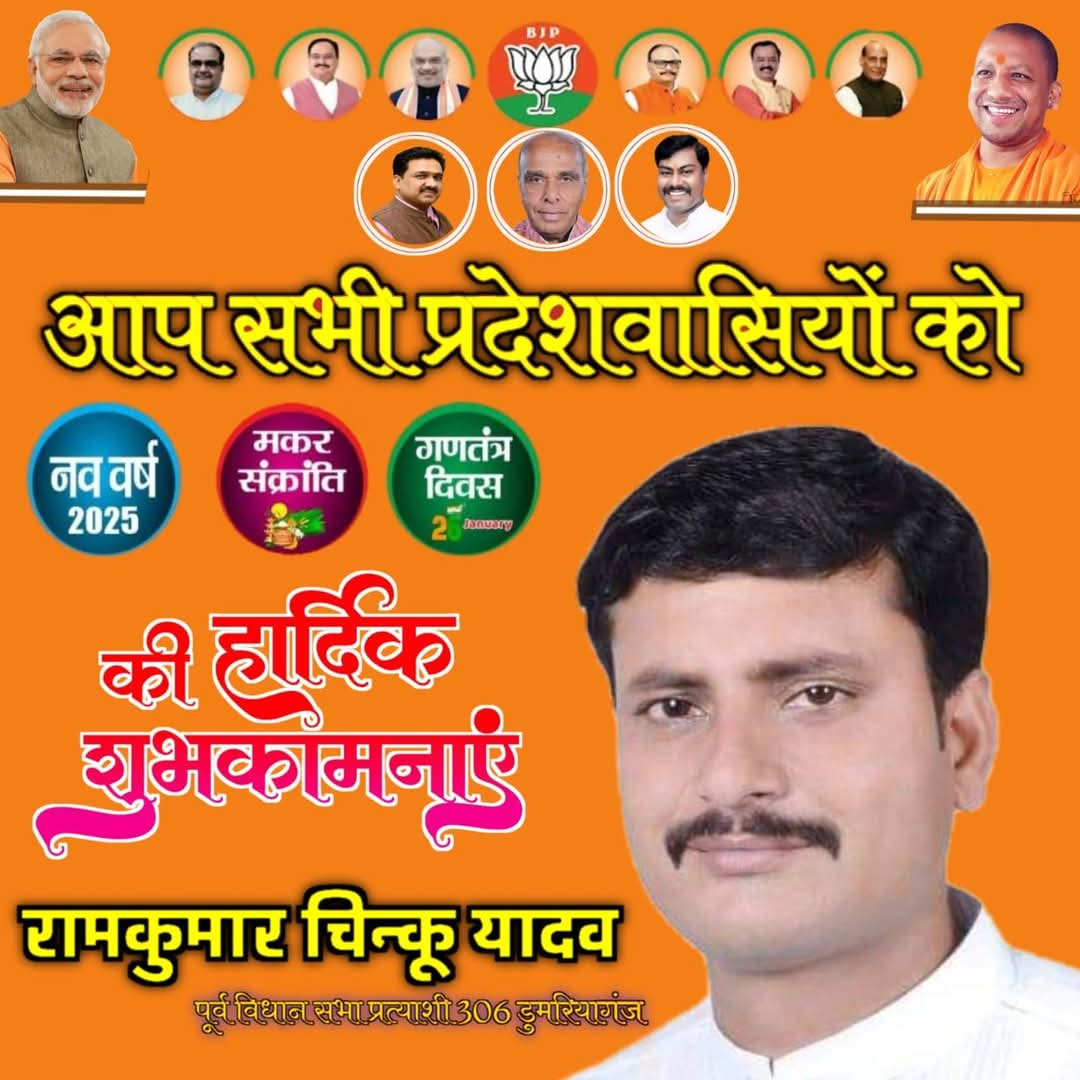As white smoke emanated out of the chimney atop the Sistine Chapel and the traditional Habemus Papam was proclaimed on May 8, Pope Leo XIV officially became the successor of Pope Francis. Originally Robert Francis Prevost, the 69-year-old pontiff has taken the papal name Leo XIV, becoming the first American to ascend to the highest position in the Catholic Church.
As the two-day conclave ended, thousands gathered in St. Peter’s Square erupted into cheers as the new pope appeared on the balcony. And a new chapter began for the Catholic Church.
Here’s a look at the journey that led to Pope Leo XIV’s election.
Story continues below this ad
The ‘Saint of the North’ in Peru
Born in 1955 in Chicago, Illinois, Robert Francis Prevost grew up in a devout Catholic family in the Midwest. He entered the Order of Saint Augustine (O S A) in 1977 and was ordained a priest in 1982.
 Pope Leo XIV, then Apostolic Administrator of Chiclayo Robert Prevost, preaches during a Corpus Christi celebration in a stadium in Chiclayo, Peru. (AP Photo)
Pope Leo XIV, then Apostolic Administrator of Chiclayo Robert Prevost, preaches during a Corpus Christi celebration in a stadium in Chiclayo, Peru. (AP Photo)
Prevost was sent to Peru shortly after ordination, where he spent nearly two decades working with marginalised communities and earned the nickname “the Saint of the North.” There, he taught theology, offered pastoral care, and oversaw the training of local clergy. His fluency in Spanish and immersion in Latin American cultures earned him widespread respect.
Even the bishops of Peru called him the saint…and he had time for everyone” said Rev. Alexander Lam, an Augustinian friar from Peru, in an interview with The Associated Press.
How did he reach Vatican’s inner circle?
In 2001, he was elected Prior General of the Order of St. Augustine, serving two six-year terms at the order’s headquarters in Rome. As head of the worldwide order, he oversaw thousands of friars and missions globally. Upon completing his term, Prevost returned to Peru, where Pope Francis appointed him Bishop of Chiclayo in 2015.
Story continues below this ad
 Cardinal Robert Prevost, second from right, celebrates Mass at St. Jude Parish in New Lenox, Ill., in 2024. (Photo: Midwest Augustinian Province of Our Mother of Good Counsel via AP)
Cardinal Robert Prevost, second from right, celebrates Mass at St. Jude Parish in New Lenox, Ill., in 2024. (Photo: Midwest Augustinian Province of Our Mother of Good Counsel via AP)
In 2023, Pope Francis brought him to the Vatican, naming him Prefect of the Dicastery for Bishops—a high-ranking role responsible for selecting bishops around the world. He was also a central figure in one of Francis’s most progressive moves—appointing women to the voting body responsible for bishop appointments.
In early 2025, Francis elevated him to the highest rank among cardinals.
Past criticism of Trump and Vance
Pope Leo XIV’s social media history came under scrutiny on Thursday as critics unearthed past posts by his X account. Before assuming the papacy, he had posted critiques of US President Donald Trump and Vice President J D Vance, particularly on issues of immigration and human rights.
Watch: Trump defends AI-generated image of Pope, says ‘Catholics loved it’
Story continues below this ad
In April, he reposted a comment referencing Trump’s meeting with El Salvador’s President Bukele: “Do you not see the suffering? Is your conscience not disturbed?” In February, he reposted an article titled: “J D Vance is wrong: Jesus doesn’t ask us to rank our love for others.”
On Thursday, Trump responded positively: “To have the pope from the United States of America, that’s a great honour.” He confirmed that the Vatican had already reached out to schedule a meeting.
The road ahead
 Newly elected Pope Leo XIV, left, appears with, from left, Master of Ceremonies Archbishop Diego Giovanni Ravelli, and former Vatican Secretary of State Cardinal Pietro Parolin on the central loggia of St. Peter’s Basilica at the Vatican shortly after his election. (AP Photo)
Newly elected Pope Leo XIV, left, appears with, from left, Master of Ceremonies Archbishop Diego Giovanni Ravelli, and former Vatican Secretary of State Cardinal Pietro Parolin on the central loggia of St. Peter’s Basilica at the Vatican shortly after his election. (AP Photo)
Pope Leo XIV is widely expected to continue the legacy of Pope Francis, especially on migration, climate, and social justice. “We need to hear more from leaders in the Church, to reject racism and seek justice,” he posted on X in May 2020.
As the first American pope, he could also have a significant impact on the future of US Catholic Church, which is currently seeing rising political tensions between the conservatives and the progressives.
Story continues below this ad
“Together, we must try to find out how to be a missionary church — to receive everybody that needs our charity, our presence, dialogue and love,” the new pope declared in his first speech.
(With inputs from Reuters, AP)

























